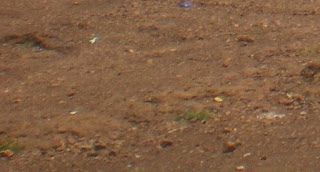
Black Soil The next soil we are going to see about is the black soil. We all know that black soil is good for the cultivation of cotton. Yeah, if you think so, that is right. Now let have a glimpse of black soil. According to it's name it is also black in color. They are otherwise called as the Regur soil. Climatic condition along with the parent rock material are the important factors for the formation of black soil. Across the Northwest Deccan plateau, they are composed of lava flows.They cover Maharashtra, Chhattisgarh, Saurashtra, Malwa and extend in the Southwest region along the Godavari and the Krishna Valleys. As spoken in earlier posts, it is rich in Calcium, potassium and Magnesium. And it is a bit lacking in Nitrogen content. It is primarily used for growing cotton, tobacco, chilly, jowar and ragi. It covers an area of 46 lakh sq.km in India and found mostly in the states of Kerala, Telangana, Andhra Pradesh, Gujarat and Tamil Nadu. It becomes sticky when ...